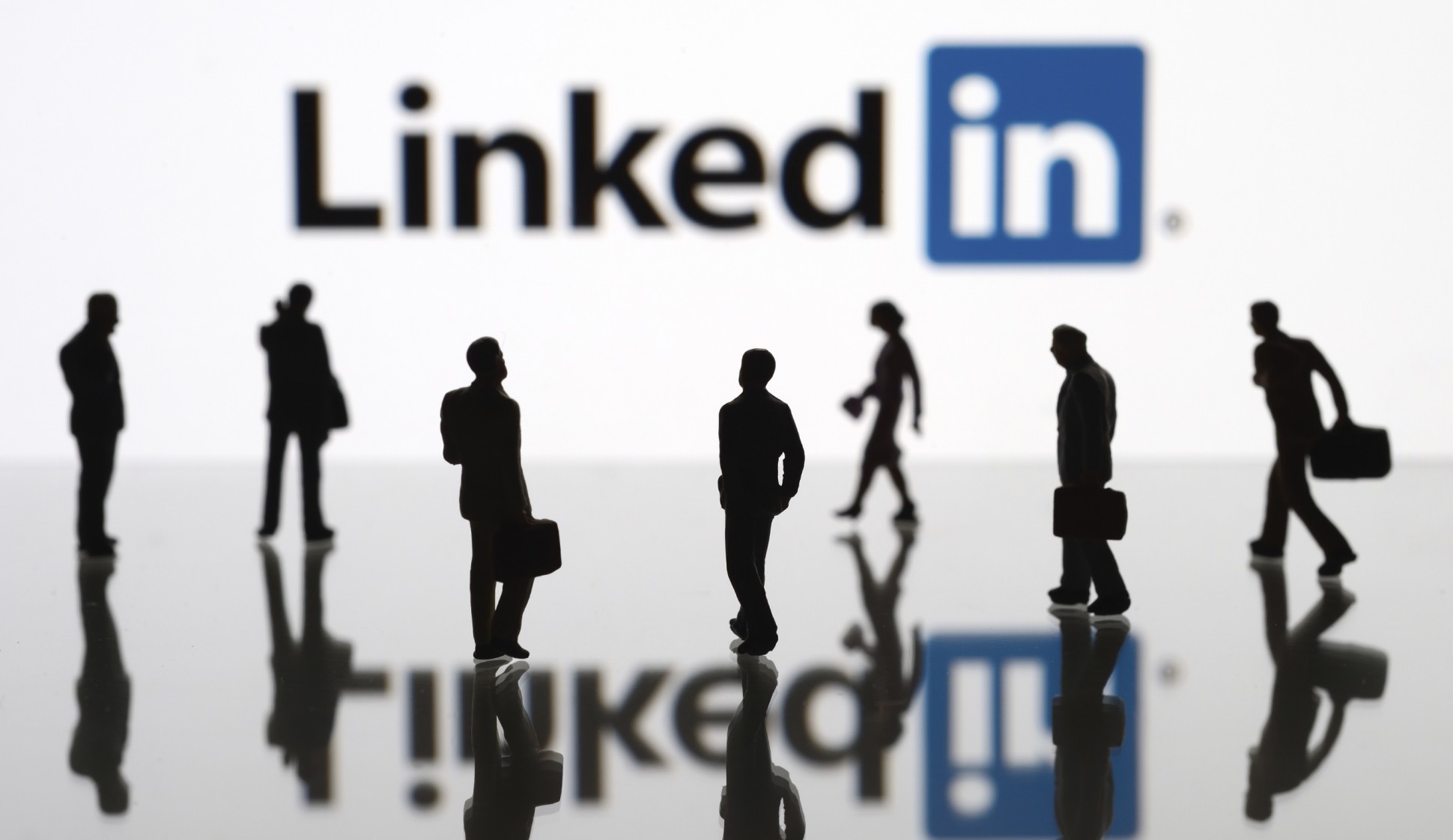How to use LinkedIn to grow your business
Anyone who's serious about growing a network of business contacts uses LinkedIn. Take it from John Patrick, founder of architecture and design agency Above the Fold, who says he has used the professional network to take his company global. Here's his advi
Anyone who's serious about growing a network of business contacts uses LinkedIn. Take it from John Patrick, founder of architecture and design agency Above the Fold, who says he has used the professional network to take his company global. Here's his advice on using LinkedIn to grow your business.
 1. Don't be afraid to invite people you don't know to connect with you.
1. Don't be afraid to invite people you don't know to connect with you.
After all, the more people you have access to, the better the chances you'll be exposed to opportunities. "Motivated people are always open to networking and meeting like-minded individuals," he says. "So don't let fear hold you back from just clicking the button to invite them to connect."
2. Connect with people who will benefit from knowing you, too.
For example, recruiters are always looking to broaden their networks because the more people they know, the more prospective employees they can bring to clients. "Always ask, 'Is this hugely beneficial?'" he suggests. "It's really kind of a give and take, so don't just be thinking about yourself."
3. Complete your profile without overexposing yourself.
You don't want to give anyone reason to pass judgment on you. In other words, don't offer information that's too old or not relevant to what you're doing now. "All I really want to know is where have you worked, where did you go to school, what do you do in your role?" he says. "I don't want to know hobbies, birthdays or any of that."
4. Don't use LinkedIn like a social media site.
Rather, it's for professional networking, meaning you want to use it to make yourself look informed and professional. To do so, consider posting articles that demonstrate your expertise or portray yourself as an insider in your industry.
5. Frequently export your LinkedIn contacts into an email address book.
It may not have occurred to you but everyone you're connected with on LinkedIn probably has associated their email address with their account. This means you can contact them directly outside of LinkedIn. "Unless it's in China," he says. "[People from] China often communicate with me through LinkedIn because... email is really weird over there. They censor everything, so I have had greater success communicating through LinkedIn."
To export your contacts, go to Connections >> Settings >> Advanced Settings >> Export LinkedIn Connections. You can choose to download a .CSV or .VSF file which can be pulled into Gmail, Microsoft Outlook, Outlook Express, or your Yahoo or Mac OS address books. The only caveat is you have to export your entire library of connections at once--LinkedIn doesn't allow you to only grab email address you haven't already downloaded. Patrick deals with this inconvenience by exporting them into a separate folder and not disrupting his "super organized" address book where he drags individual connections and drops them into the proper category, whether it's a list of architects, designers or contractors.
6. Connect with relevant people and add them to a newsletter list.
Patrick searches LinkedIn for individuals with titles that indicate they might be interested in certain kinds of content. Once they accept his invitation he uses their email and physical addresses to add them to mailing lists. Do people get annoyed with him for putting them on a list without having subscribed? Patrick says because he's careful to target the right kinds of LinkedIn users with specific titles, his unsubscribe rates are low. "Plus, we invite them to parties, openings, exhibitions, and events, so they like it," he says.
Thanks to Inc.